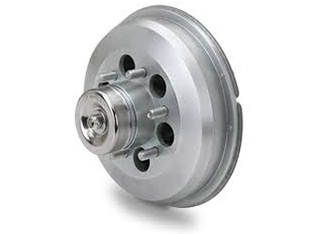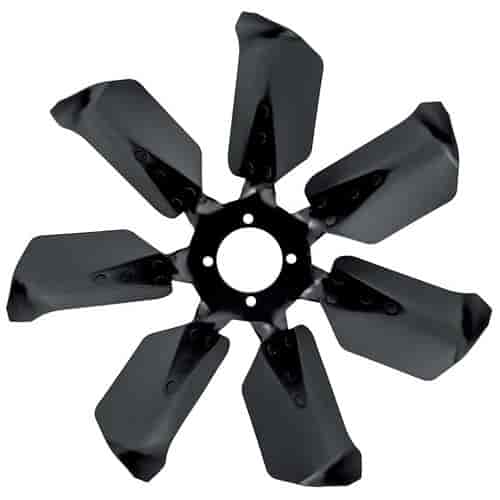Things about Fan Blades
Table of ContentsIndicators on Fan Blades You Need To KnowSome Ideas on Fan Blades You Need To KnowSome Of Fan BladesExamine This Report on Fan Blades

As engine temperature level boosts, look for a sudden dive in fan speed. Some electronic screening and knowledge of a scan tool may be needed to identify electronic fan clutches and the sensing units used to identify fan engagement. The internal combustion engine generates a lot of heat, which the engine cooling system is charged with moderating. fan blades.
On the other hand, too much heat can be a huge issue, melting non-metal engine parts and rendering lubricating oil useless. An overheating engine could actually bond itself into scrap metal. If your fan clutch has spoiled, change it as quickly as possible to prevent engine damage. While you're at it, consider the performance and fuel economy benefits of updating to electrical cooling fans.
The state of California requires that this warning be posted for people buying products that reside in California. CAUTION: Products might include one or more chemicals understood in the State of California to cause cancer and/or abnormality or other reproductive harm (fan blades). To learn more, visit www. P65Warnings.ca. gov Fan to clutch: 17 feet pounds Clutch to water pump: 41 ft lbs Engine fan clutch on motor house 8.
You're crawling along in traffic and, regardless of the reality that your pickup bed is empty, the coolant temperature is annoyingly high. Then you understand that the air conditioning unit is blowing warm. You shut off the a/c and open the windows just as the traffic breaks and you speed up. The coolant temperature drops.
What Does Fan Blades Mean?
At home, you lift the hood, puzzled. The coolant level is ideal on, no hose pipes are leaking and the accessory belt is intact. You begin the engine, let it idle and make a visual evaluation. There's no sign of belt slippage, but the radiator cooling fan barely seems to be spinning.
If your truck is like the majority of, the cooling fan is mounted to its drive pulley-block through a clutch. Clutch fans run at various speeds under various conditions to help in reducing drain on the engine and to save fuel. When the engine is hot, the clutch fan runs almost as fast as the engine.

The hotter air causes the thermostatic spring to loosen up and open the valve. Silicone fluid from the tank chamber streams into the primary chamber, engaging the clutch, and the fan spins faster (though it's still somewhat slower than the engine). A damaged or weakened thermostatic spring in the clutch center can not be replaced or repaired Silicone fluid exuding past the bearing seal implies the clutch should be replaced.
To confirm the medical diagnosis, begin with this easy test: Spin the fan as hard as you can on an engine that has actually not been begun that day. If the fan rotates more than five times, you can wager the clutch is bad. You should feel some resistance and the fan may spin as much as three times, depending upon the ambient temperature.
Fan Blades Fundamentals Explained
You require to do more tests. A couple of late-model pickups and SUVs, such as Ford diesels and the Chevy Trendsetter and others with the 4. 2-liter inline Six, have a digitally managed valve for the fan clutch. In these browse around this site lorries, the silicone fluid does not drain back overnight, so the fan may hardly spin on a cold engine.
If your fan clutch is not running the method it should, it's likely due to a fluid leakage or a bad thermostatic spring or valve. When a leak occurs, it's at the bearing seal, at the center back of the clutch. Run your finger around the joint and if you get a big dollop of black goo, that's silicone fluid that has dripped from the housing.
A light smear of silicone fluid could be normal seepage-- no seal is perfect. Certainly, if a significant amount of fluid is missing, the clutch won't spin as quickly as it should. When it comes to the other prospective perpetrator, many stopping working thermostatic springs open the valve prematurely. This premature clutch engagement implies the fan spins faster than it should, but that doesn't make the engine or a/c run hot.
Let's state spinning the fan didn't expose helpful hints an issue, there's no leak and you think the spring is all right. You might still have a bad valve. Here's how to discover. You'll need to test the temperature of the air moved by the fan using a probe-type thermometer that checks out to a minimum of 220 F, ideally to about 250 F.

Fan Blades Things To Know Before You Buy
